Highlights

Compassion and Courage: In memory of ANZAC
Compassion and courage: In memory of ANZAC Day acknowledges the contribution of all Medical professions during war and reminds us of the heavy cost of war.
Photographs, artworks, artefacts, objects, documents and ephemera from the Medical History Museum, the Henry Forman Atkinson Dental Museum, and the Harry Brooks Allen Museum of Anatomy and Pathology, MDHS Faculty Museums, University of Melbourne.
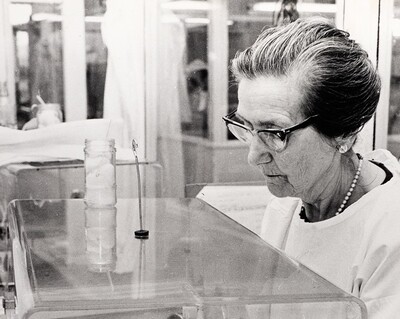
Women and Innovation
International women’s day is a chance to reflect on the challenges and achievements of women.
At the University of Melbourne in the Faculty of Medicine Dentistry and Health Sciences have led in innovation in the health sector in many ways.
This series of highlights celebrates women and their achievements.

The Art of Healing: Australian Indigenous bush medicine
Objects from The Art of Healing: Australian Indigenous bush medicine, the exhibition follows the premise of Tjukurrpa (dreaming). It looks at Indigenous healing practice as past, present and future simultaneously. It presents examples of healing practice from the many distinct and varied Indigenous communities throughout Australia shown through contemporary art practice.
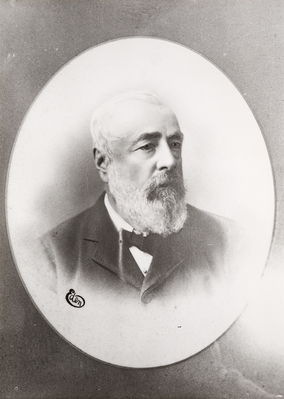
Professor George Britton Halford (1824-1910)
It was 1 May 1863 when George Britton Halford (1824–1910) started as the first professor of anatomy, physiology and pathology, at the Medical School. There were three students, Patrick Moloney (1843-1904), Alexander Mackie(1839-1892) and William Carey Rees (1843–1879), and classes were held in a shed erected at the back of Professor Halford’s private rooms.
In 1876 the faculty of medicine was established and took over administration of courses from the Medical School Committee. Halford was elected Dean and held office until 1886 and again in 1890-96.
Halford recommended as early as 1871, while president of the professorial board, that women who passed the relevant examinations sign the matriculation book should be admitted to the University of Melbourne. However, Vice-Chancellor A.C. Brownless’s (1817–1897) view of university education did not extend to the inclusion of women; he actively opposed the motion to admit women to the University of Melbourne in 1879, and to admit women to medicine in 1887.
In 1928 members of the family of George Britton Halford, M.D., created an endowment ‘to commemorate the work and research’ of their father, ‘to bring before the public some recent work in the Medical Sciences’. Administered from 1928 until 1947 by the Commonwealth of Australia through the Institute of Anatomy at Canberra to endow as the Halford Oration. In 1948 this was transferred to the University of Melbourne.
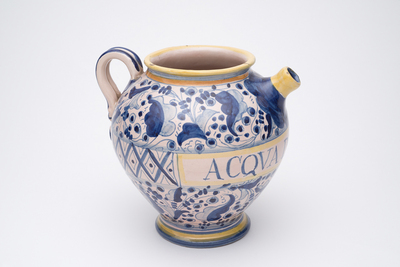
Roseby collection
Graham Roseby (1932-2007)was a pharmacist in Melbourne and a passionate collector in 1965 he loaned his collection to the Medical History Museum. This collection has drug jars, mortars and related pharmaceutical items dating from the sixteenth to nineteenth century from various European countries tracing the development of the apothecary. These is also an important collection of Japanese inrō used for carrying medicine. The collection was gifted in 2007.
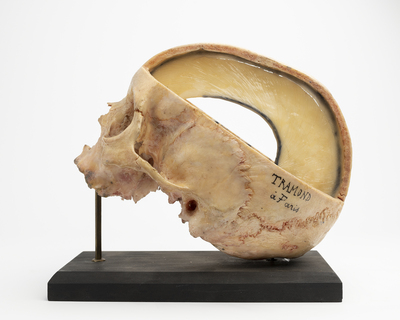
Tramond anatomical models
Maison Tramond, Paris were one of the leading suppliers of wax anatomical models and osteological specimens during the Victorian era. The Harry Brookes Allen Museum has over 70 specimens from Tramond, ranging from articulated real human skeletons mounted with ornate brass fittings in wooden and glass cases to wax sculptures of full-sized dissected human torsos. Wax was a favoured material in 19th century practices of anatomical model making, both for its malleability and its realistic resemblance to human flesh.
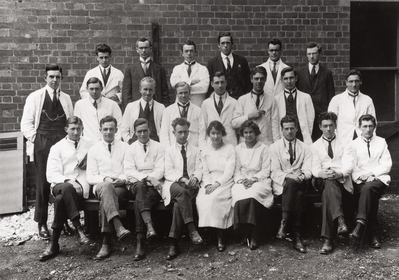
Melbourne Dental School
1884 saw the formation of the Odontological Society of Victoria, which was the catalyst to transforming dental education in Victoria. Under the leadership of member and later president John Lliffe, the society worked assiduously—initially without government funding—to establish a dental hospital and college in Melbourne. In 1890, the Melbourne Dental Hospital commenced its activities, and the Australian College of Dentistry, dedicated to educating dentists, opened in 1897. Several years later, in 1904, a Faculty of Dental Science was established at the University of Melbourne, and thus the college became affiliated with the university.
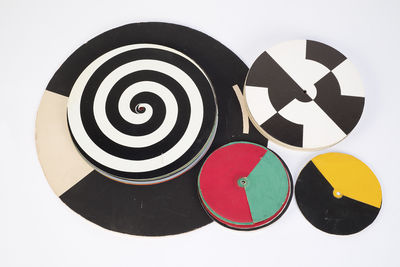
Psychological Sciences Instrument Collection
The Melbourne School of Psychological Sciences in 2013 transferred to the Medical History Museum models and other apparatus from 1950s to 1970s that had been used to conduct tests. Many were devised and constructed by staff of the Psychological Workshop, School of Psychological Sciences, University of Melbourne.
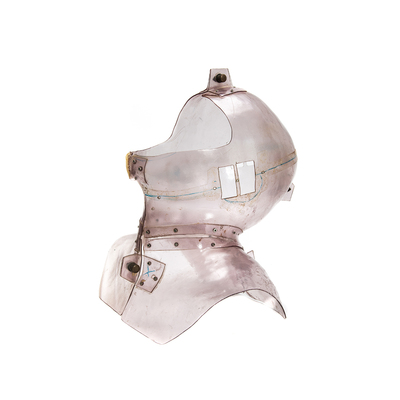
Peter MacCallum Radiology collection
In 2017 in the lead up to the move to the Victorian Comprehensive Cancer Centre (VCCC),The Peter MacCallum Radiology Section identified over 120 items. These items traced the development of radiology at Peter MacCallum Hospital and most were hand made by the staff. They are now part of the Medical History Museum collection. Some are on display at the VCCC.
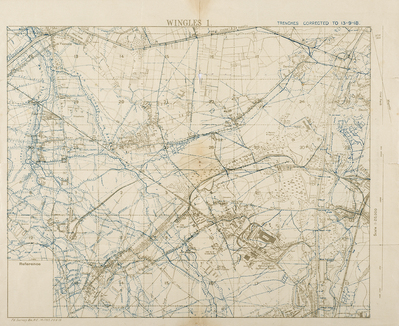
Australian Medical Association (AMA) Archive
The AMA Archive collection is part of the Medical History Museum collection, it was loaned in 1984 and gifted in 2011 by the Australian Medical Association Victorian Branch, and is systematically being photographed and catalogued. This selection reveals the important material that was utilised for the exhibition Compassion and courage: Australian doctors and dentists in the Great War acknowledging the
contribution of many in the medical professions during World War I and reminds us of the heavy cost of war.
